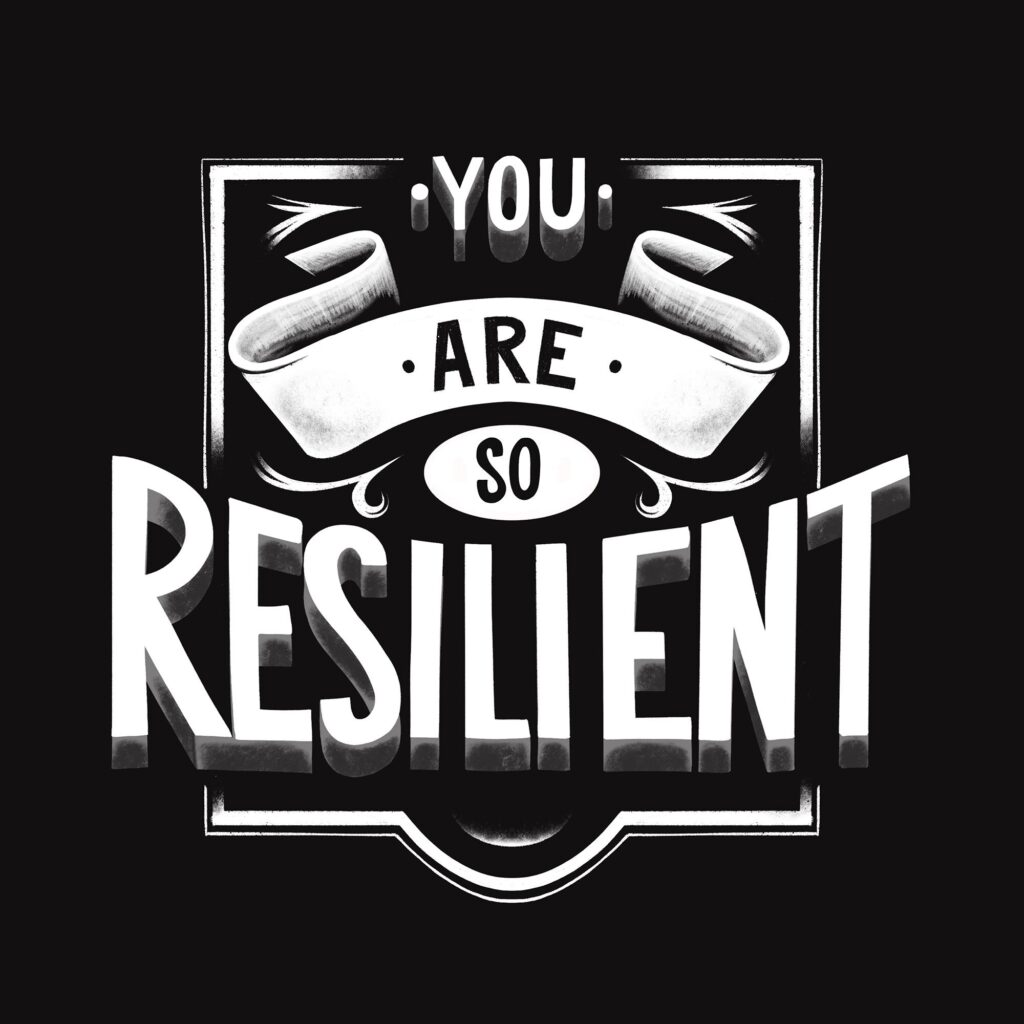
Resiliency is the ability to bounce back after hard things: failure, trauma, adversity, or any challenge. It is the process of managing different types of stress and then recovering. Resiliency is part of our body’s immune system. Most adoptive families include children who have experienced some type of adverse childhood event. Learning about the potential power of resilience is key.
A new concept
Resiliency is a relatively new idea that researchers have named and been studying since the 1970’s. People have often wondered why some just seem to “get over” hard things faster and better than others. Resilient individuals recover faster and more completely from painful life experiences. These people even can come through trauma unharmed. Research has indicated that the difference between the resilient and the non-resilient all comes down to having more protective factors than stress factors in one’s life. Better yet the more protective factors a person has, the better the outcome will be.
Nurture vs. Nature
Just like most complex notions, resiliency is thought to be an interaction between biology and environment. True we are all born with a certain set of traits, defined by our genetic makeup, that contribute to our disposition and how we interact with the world. But your resiliency quotient can be impacted greatly by these so-called protective factors that we find in our environment. Because we now know that brains remain plastic or teachable far longer than previously thought, the ability to learn how to be more resilient lends promise and hope.
Resiliency expert Ann Masten has found that resilience, far from being exceptional, is actually quite common. She called this “ordinary magic.” Resiliency is an ongoing process, not a fixed point or end goal.
Learn more about Ann Masten here.
Elasticity
Another way to define resilience is the ability to spring back to your previous shape. This implies an ability to be flexible or elastic in thinking, acting, problem solving, and one’s overall outlook upon the world. Elasticity combined with a loving, supportive adult in your life are the 2 most important protective factors in nurturing resilience.






